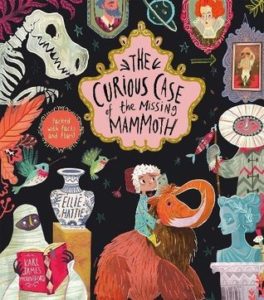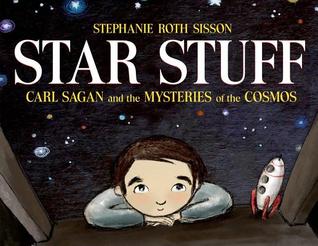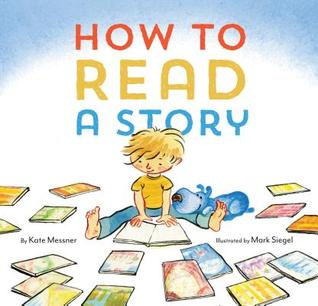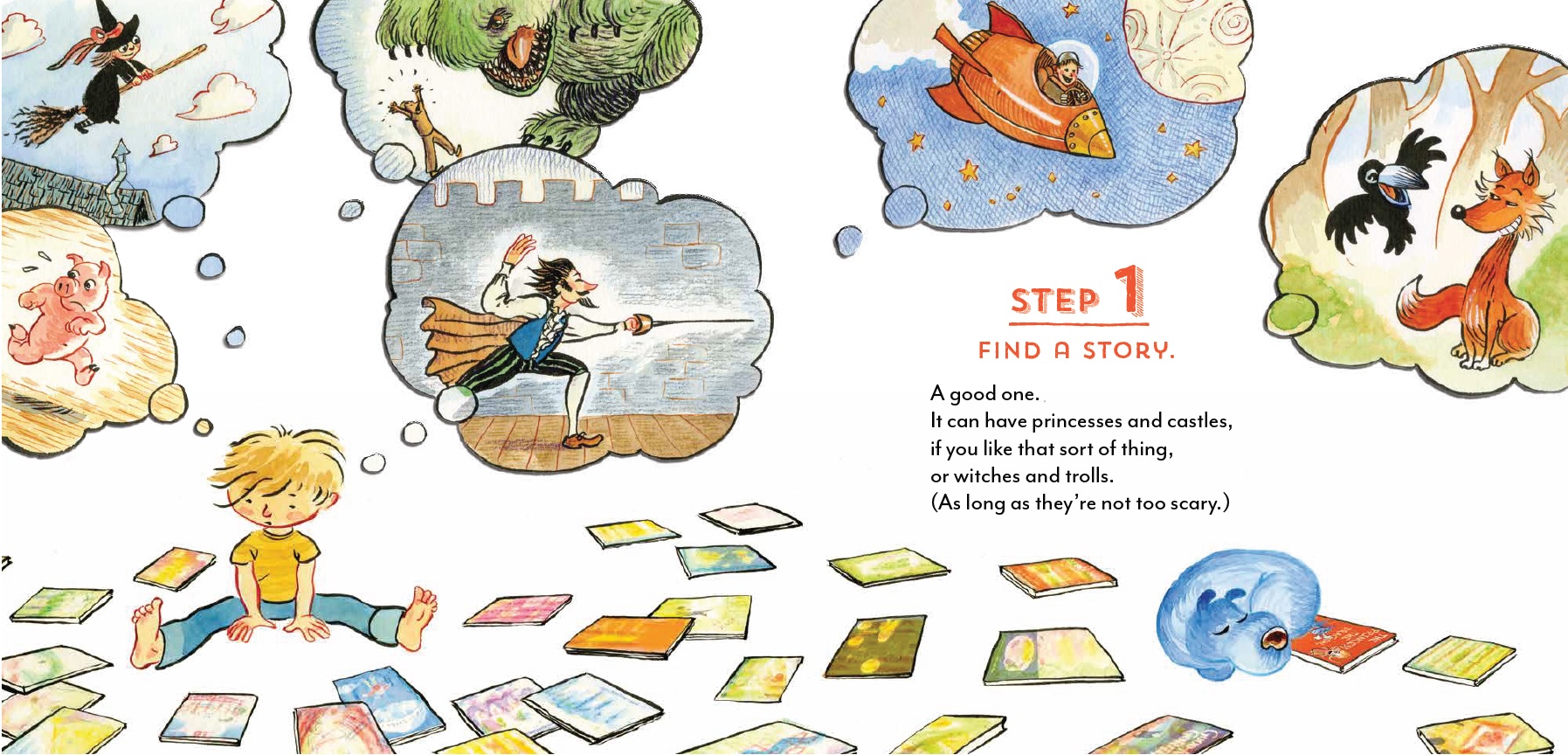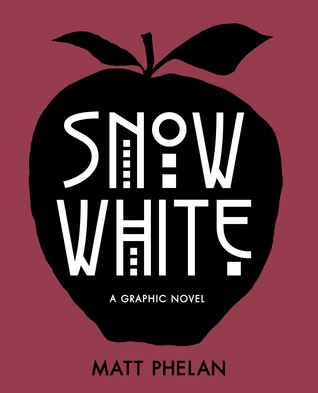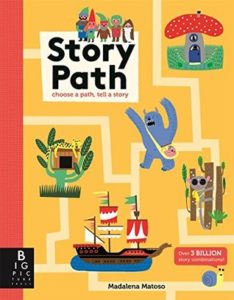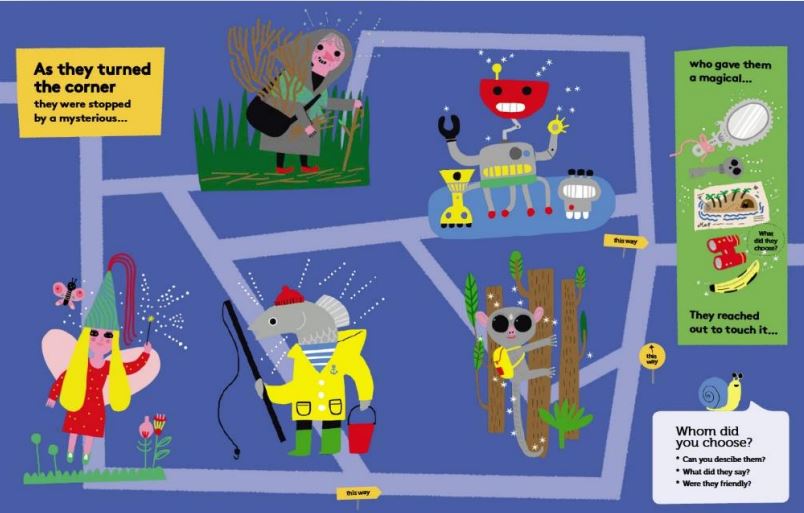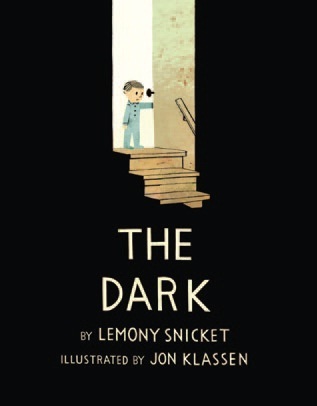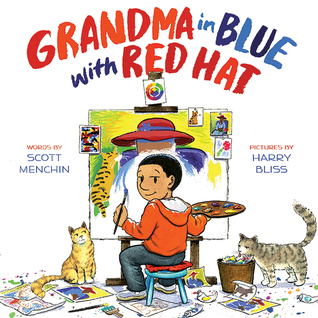The Curious Case of the Missing Mammoth
Author: Ellie Hattie
Illustrator: Karl James Mountford
Published 2017 by Kane Miller EDC Publishing
Summary: Look out! There’s a mammoth on the loose, and Oscar has to get him home before the clock strikes one! This riotous adventure is packed with facts and lift-the-flap fun.
Review: I don’t think the summary of this book does it justice. It is such a fun book that kids of so many different ages are going to love reading. It is about a boy who wakes up to find a mammoth wandering around his town looking for his baby brother. They follow the clues to The Curious Museum which has come to life like The Night at the Museum, and they chase Teddy, the baby mammoth, through different rooms in the museum: Underwater World, the Library, The Flight Floor, The Time of the Dinosaurs, and The Extinct and Endangered Creatures rooms. Trent and I loved the detailed and silly illustrations and trying to find Teddy on each page!
Teachers’ Tools for Navigation: In each room, there is the narrative of Oscar and Timothy, the big mammoth, but there are also flaps that include nonfiction information about the room that the story is currently taking place in. For example, in the ocean scene there are flaps that include flaps about octopus, blue whales, corral, and more! In the library there’s information about books & art, pilots in The Flight Floor, dinos in The Time of the Dinosaurs, and creatures in the Extinct and Endangered room.
This mix of adventure and facts makes this a perfect cross-curricular text to use or as an intro before a trip to a natural history museum.
Discussion Questions: What did you learn in each room?; Why does Oscar have to get Teddy back before 1:00?; What type of museum do you think The Curious Museum is?; What else did you see in the exhibits that you would like to learn about?; Why do you think the author included the flaps with nonfiction information?
Book Trailer:
Read This If You Love: Nibbles: The Dinosaur Guide by Emma Yarlett, Natural History Museums, Night at the Museum movies
Recommended For:
**Thank you to Lynn at Kane Miller for providing a copy for review!**
